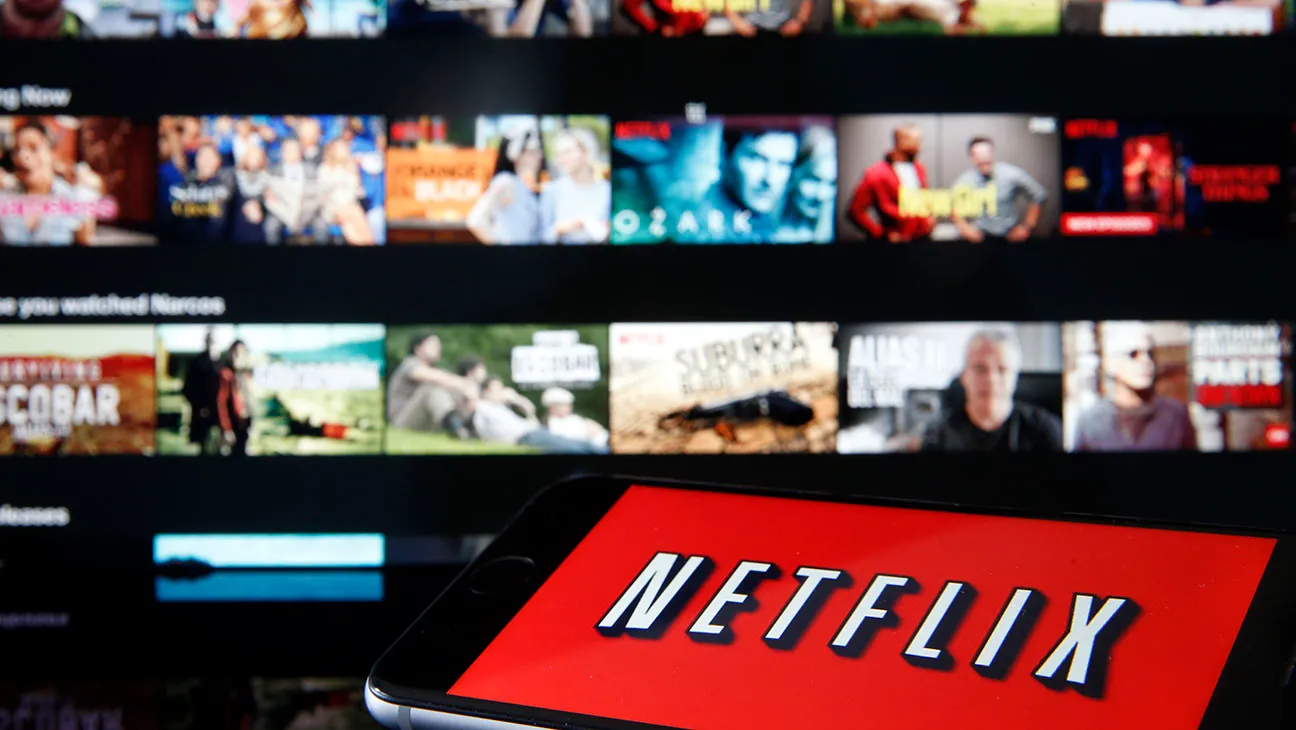Introduction
The way we consume entertainment has undergone a radical transformation over the past two decades. The rise of streaming services has revolutionized how we access and enjoy movies, TV shows, music, and other forms of digital content. In this article, we will explore the history and impact of streaming services, the key players in the industry, the challenges they face, and the future prospects of this ever-evolving landscape.
The Emergence of Streaming Services
The concept of streaming, or delivering digital content over the internet in real-time, emerged in the late 1990s. However, it wasn’t until the mid-2000s that the first streaming platforms started gaining traction. Netflix, initially a DVD rental service, was one of the pioneers of streaming, allowing subscribers to stream movies and TV shows online. This move marked the beginning of the streaming revolution that would disrupt traditional media consumption patterns.
The Shift from Physical Media to Digital Streaming
As broadband internet became more accessible and reliable, consumers started to favor the convenience of digital streaming over physical media. Streaming eliminated the need to visit brick-and-mortar stores or wait for DVDs to arrive in the mail. Services like Hulu, Amazon Prime Video, and YouTube further expanded the streaming landscape, offering a diverse range of content, including user-generated videos.
Over-the-Top (OTT) Platforms and Cord-Cutting
The rise of Over-the-Top (OTT) platforms, which deliver content directly over the internet, provided consumers with greater control and flexibility in their viewing habits. As a result, many viewers started cutting the cord with traditional cable and satellite TV providers, embracing streaming services that catered to their preferences and schedules.
The Golden Age of Original Content
To stand out in an increasingly competitive market, streaming services began investing heavily in original content. Netflix’s “House of Cards” marked a turning point, demonstrating that streaming platforms could produce high-quality, award-winning shows. The success of shows like “Stranger Things,” “The Crown,” and “The Mandalorian” further solidified the importance of original programming for streaming services.
Global Expansion and Localization
Streaming services transcended borders and rapidly expanded their reach to a global audience. Companies like Netflix, Amazon Prime Video, and Disney+ made significant efforts to localize their content, offering subtitles and dubbing in multiple languages. This expansion contributed to a surge in subscriber numbers from various regions worldwide.
The Music Streaming Revolution
While video streaming dominated the headlines, music streaming services were quietly transforming the music industry. Platforms like Spotify, Apple Music, and Pandora reshaped how we listen to music, making vast libraries of songs accessible on demand. Music streaming also brought about a shift in the industry’s revenue model, moving away from physical sales to monthly subscription-based revenue streams.
Challenges and Controversies
The rise of streaming services hasn’t been without challenges and controversies. Copyright infringement, piracy, and issues related to licensing and content distribution have been persistent problems. Additionally, the sheer number of streaming services, each with its exclusive content, led to a phenomenon known as “subscription fatigue,” where consumers felt overwhelmed by the growing number of subscriptions required to access all their desired content.
The Battle for Content Rights
As streaming services competed for subscribers, securing exclusive rights to popular content became a focal point. This led to bidding wars and skyrocketing costs for content licenses. Moreover, traditional media companies started launching their streaming services, leading to further fragmentation of content and competition.
The Future of Streaming Services
As the streaming industry matures, it continues to innovate and adapt. The future promises even more personalized experiences through AI-driven content recommendations and interactive features. Virtual Reality (VR) and Augmented Reality (AR) are expected to play a role in enhancing the viewing experience. The emergence of 5G networks will enable faster and more reliable streaming, making it easier for viewers to access high-quality content on the go.
Sustainability and Environmental Impact
The rapid growth of streaming services has raised concerns about its environmental impact. The massive data centers required to support streaming operations consume significant amounts of energy, contributing to carbon emissions. Streaming platforms are under increasing pressure to adopt more sustainable practices and invest in renewable energy solutions.
Conclusion
The rise of streaming services has fundamentally transformed how we consume entertainment. From the convenience of on-demand access to a vast library of content to the cultural impact of original programming, streaming has become an integral part of modern media consumption. As the industry continues to evolve, challenges related to content rights, sustainability, and user experience will need to be addressed. Nevertheless, streaming services are poised to remain a dominant force in the entertainment landscape, shaping the way we enjoy digital content for years to come.








